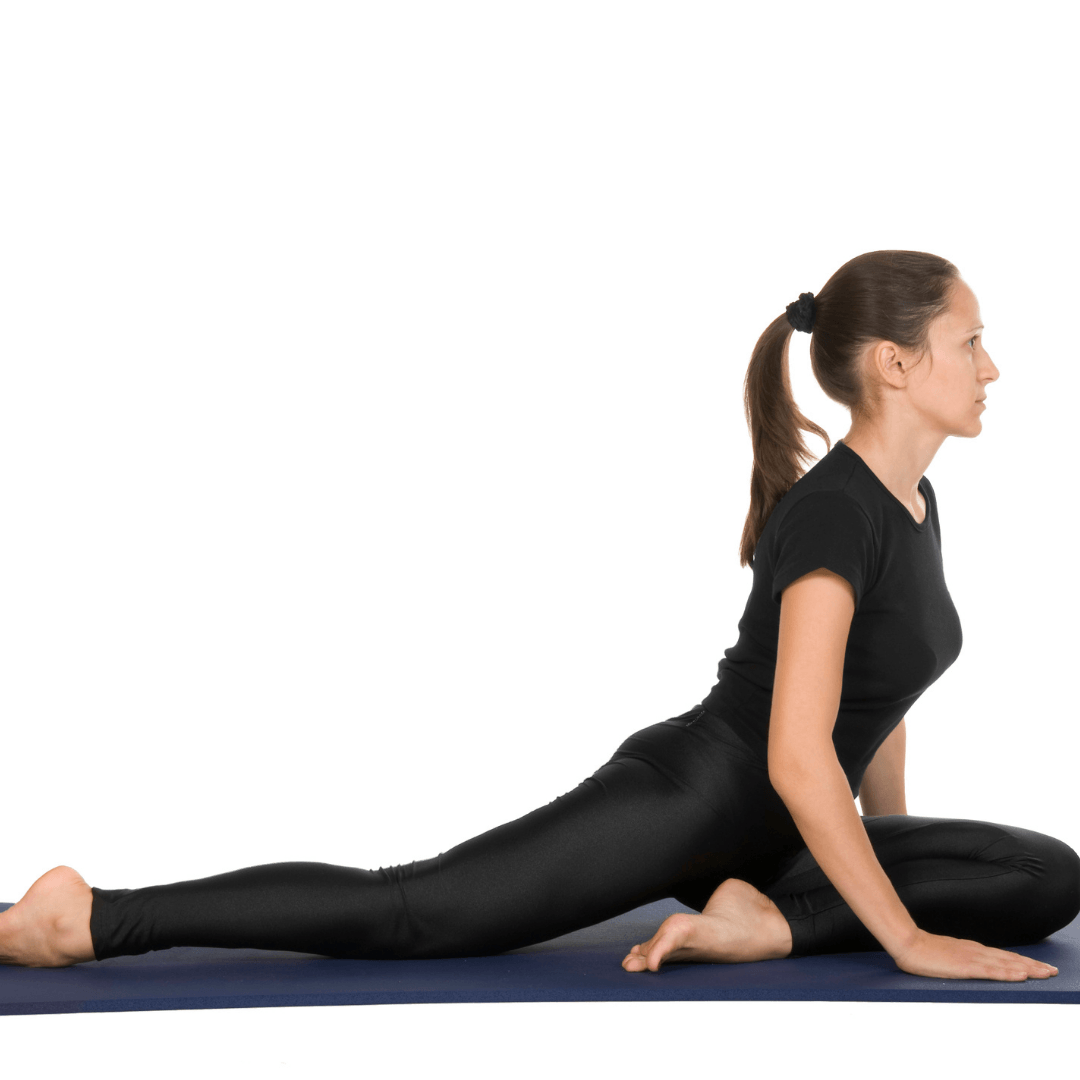Sciatica
What is sciatica?
- Is the pain coming from the back?
- Is the pain coming from the hip?
- Is it coming from further down the leg, such as the hip?
- Are there any areas of pins and needles?
- Are there any areas of numbness?
- Are there any areas of hyper-sensitivity?
What causes sciatica?
- Drivers: Spending extended periods in the car affects drivers in different ways, depending on the kind of driving they do. Drivers tend to twist their body to favour the foot they need to use most. Using the clutch pedal in a car or van involves moving the left pedal to the floor of the vehicle and will happen more frequently in urban driving. By contrast, the right foot typically moves less far, but is the busier foot on the motorway.
- Desk users: While much of desk work is consistent across the midline of the body, using a mouse can contribute to an imbalanced body position. Desk users tend to rotate and place more weight through the side of the mouse.
- Sportspeople: Poor biomechanics can affect any sportsperson, though sciatica is particularly common in sports that involve actions that favour a single side. Activities that involve throwing (e.g. cricket) or hitting (e.g. golf) mean that a specific motion is completed many times on one side, without a corresponding motion on the other side.
- Delivery drivers: Exiting a vehicle involves a rotation of the body. Where this is done multiple times per day, it can lead to imbalances in the body.
Is sciatica related to other problems?
Can sciatica go away on its own?
As the body develops coping mechanisms, cases of sciatica will often improve on their own. However, if the underlying cause remains, it is likely that the pain will return. When it does, it is likely it will be worse and/or will last for longer.
How to prevent sciatica
The primary objective in preventing sciatica is to even out the imbalances that occur in the day to day life. This can be done by ensuring good posture while sitting at a desk or driving a car. For sporting activities, ensuring a good warm-down and stretching routine is part of your activity.
How to treat sciatica at home
- Icing the site of the pain in the lower back and glutes will help ease inflammation and reduce the pain.
- Stretching of the glutes, piriformis and hamstrings will reduce tension in the affected areas:
- The figure of four stretch – while lying on your back, place the ankle of one leg on top of the other leg, just above the knee. This creates a figure of four. A deeper stretch can be achieved by gently pulling the straight leg up towards your chest.
- The pigeon stretch – From a press up position, bring one foot forward and cross it in front of the body. Bring the hips to the floor and move the body into an upright position with one leg straight behind the body, and the other bent in front.
- Hamstring stretch – Keeping the hips square and the legs straight, elevate one leg in front onto a table or shelf. The stretch should be felt in the back of the upper leg. To deepen the stretch, lean forwards.

Who can treat sciatica?
Sciatica is a common condition that can be treated by Chiropractors, Osteopaths and Physiotherapists.
Contact us to book an appointment.

